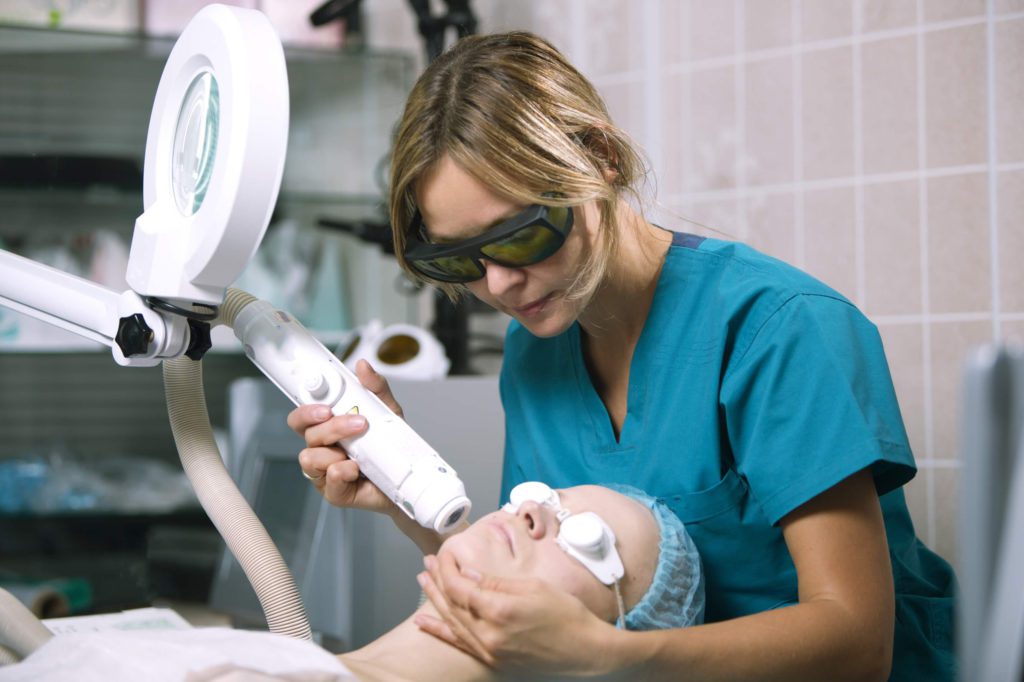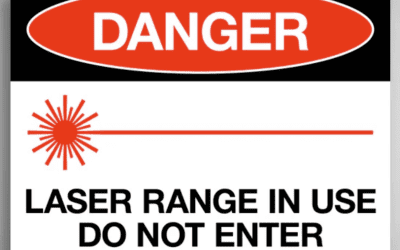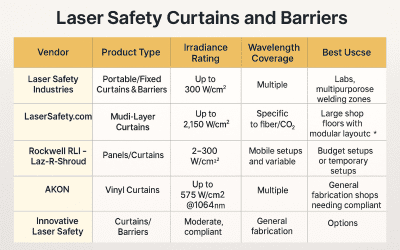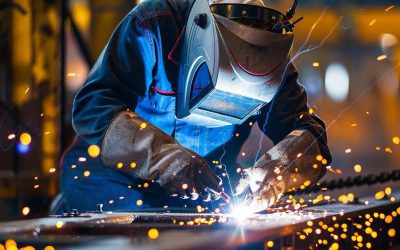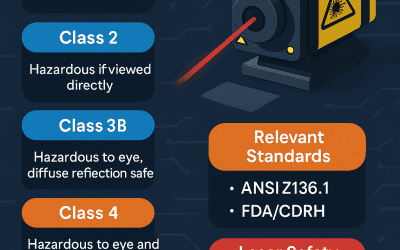Cosmetic Uses of Medical Lasers to Battle Aging Skin
Laser skin resurfacing offers the promise of youth.
As we age, our skin loses collagen and doctors have a weapon to battle this. Using a CO2 laser, skin can be smoothed out, eliminating wrinkles and scars and reducing splotchiness. It also can stimulate the formation of collagen beneath the skin.
Laser Treatments for Cosmetic Purposes
The newest generations of CO2 lasers vaporize aged or damaged skin one layer at a time; which allows new skin to replace the treated area. These procedures offer hope to people concerned with:
- Wrinkles
- Droopy eyelids
- Bags
- Lip wrinkling
- Skin discoloration
- Acne scars
- Crinkly neck skin
There are two basic types of lasers used for cosmetic purposes: ablative and non-ablative. Ablative lasers actually vaporize the top layers of damaged skin, while non-ablative lasers work deeper in the skin without removing or otherwise damaging the top layers. For this reason, there is no real patient downtime associated with cosmetic procedures that employ solely non-ablative laser technology.
The two basic types of lasers can be further broken down into many subcategories of laser types and into literally hundreds of variations and brand names which fit into these sub-classifications.
Laser Treatment Differences
The main differences between the types of lasers have to do with wavelength. In other words, different laser wavelengths (colors of light) target different skin issues. Therefore, a variety of lasers are needed to treat a variety of skin concerns. For this reason, a combination of several different lasers may be recommended by your surgeon to address all of the problems that you may have. An explanation of the differences between these different laser types could get very lengthy, technical and rather confusing, so we will focus here on what types of cosmetic issues are best treated by the various laser types.
For treating lines and wrinkles, a combination of skin surfacing and skin-tightening procedures can be used or both can be accomplished with a more aggressive ablative laser, such as a CO2 (carbon dioxide) or Erbium YAG laser. The CO2 laser is also commonly used for the removal of warts and skin tags and for cutting skin in laser-assisted surgery.
Most cosmetic laser procedures provide at least some level of superficial tightening because they produce a controlled injury of the skin, which encourages increased collagen production. For more significant tightening results, however, CO2 lasers are the laser of choice. In addition, there has been much success using non-laser, light-based treatments, such as Titan infrared devices and Thermage radio-frequency based systems.
For deeper acne scars the CO2 laser remains the gold standard, although more recent developments such as the Erbium YAG, fractional laser and certain non-ablative lasers have shown considerable success with superficial acne scarring. For the treatment of active acne, LED technology has proven to be quite effective.
How can we help?
At Laser Safety Certification, we have laser safety certification courses and training options for cosmetic as well as other healthcare practices. We offer fast and easy to use on-line certification courses and also have options for laser safety training kits your LSO can use for your own in-house laser safety program. If you are responsible for your medical laser safety, you should ensure your employees obtain the best safety training available and sign them up for our courses for our Cosmetic Laser Safety and Cosmetic LSO Certification courses and get certified today.
Our FAQ section has common answers about our courses, certification options and kit offerings. Get started now. It’s easy.
